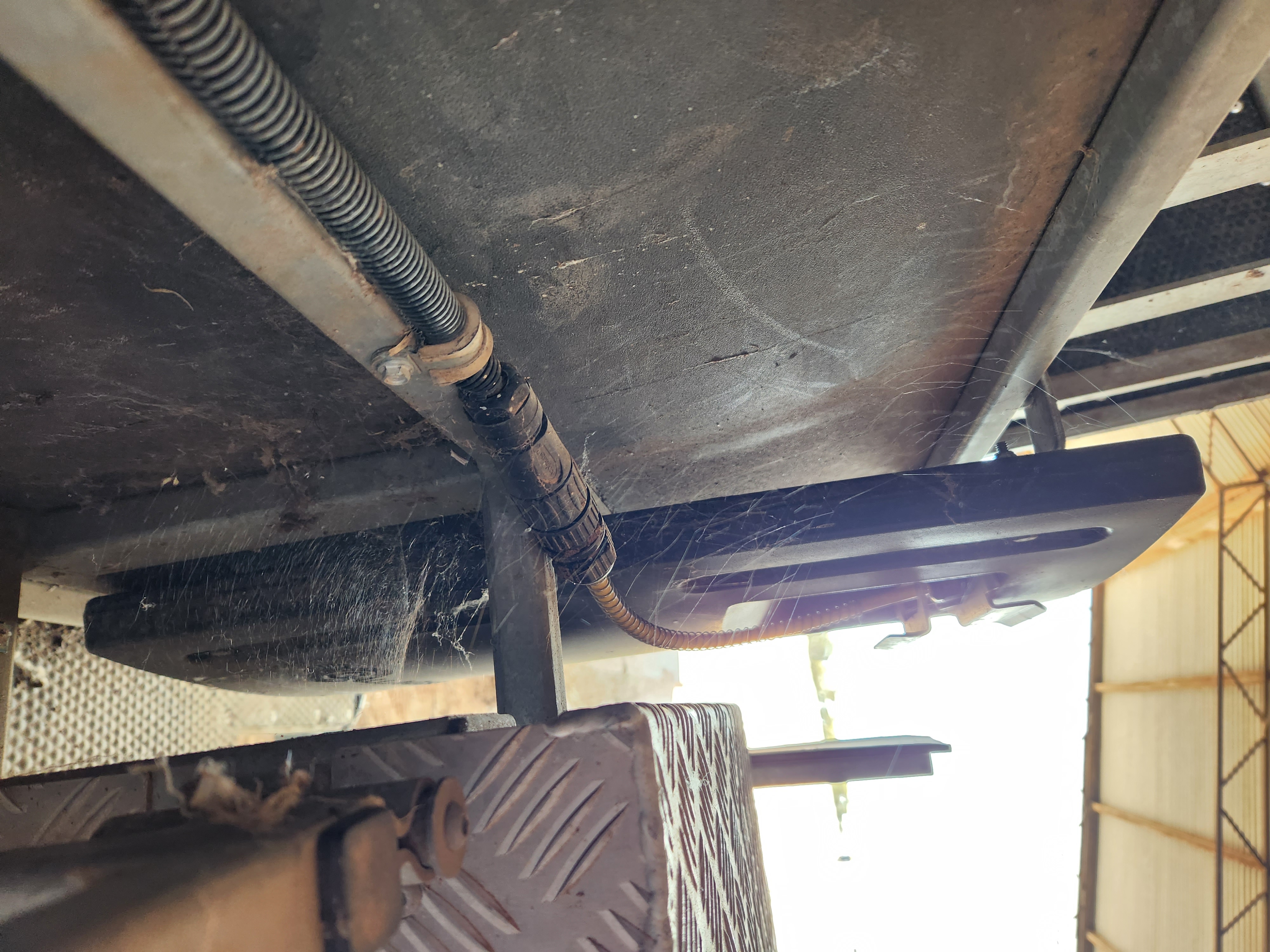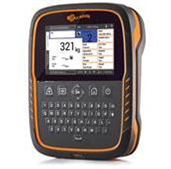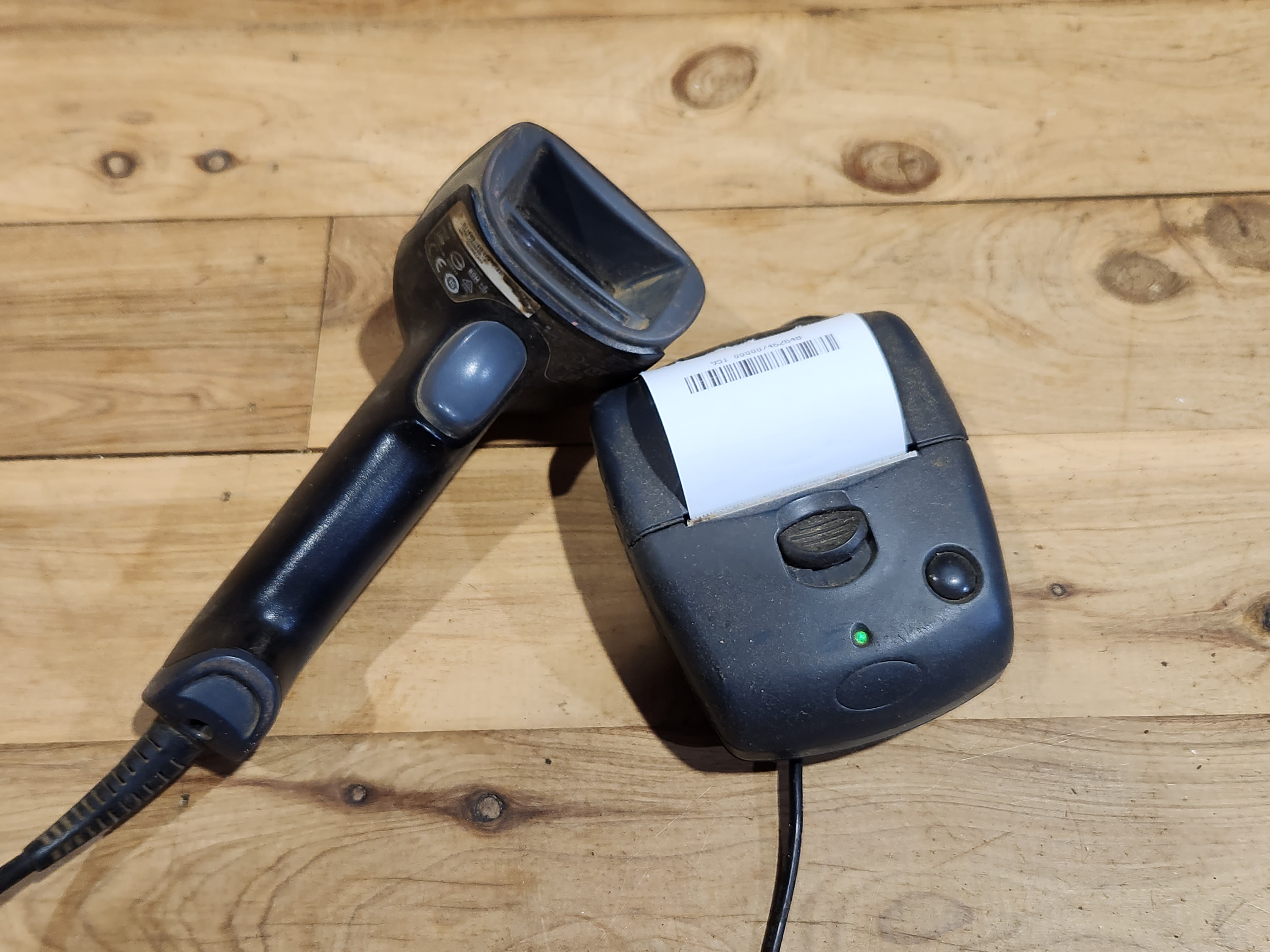The ability to identify and manage individual animals provides the opportunity to significantly improve livestock productivity. The use of eID equipment makes tag reading easier and substantially increases accuracy, enabling recording of individual production and performance data to improve productivity, profitability and management practices.
Implementing an electronic identification technology does not mean having to invest in complex and expensive equipment. It is important to do your research and to set goals for your livestock enterprise, to determine what information you want to record, the benefits you wish to gain and therefore what data is required.
Your goals may be as simple as ensuring you are compliant with the new National Livestock Identification System (NLIS) requirements; improving stock handling and WH &S; or utilising individual animal management (IAM) to drive production gains. Once this has been established, it is then possible to assess how eID technology can assist in collecting data. Data may be used in conjunction with a range of farm management or business software packages (such as Microsoft Excel), it has proved to be a powerful tool in on-farm decision making and business improvement.
Stick/hand-held readers, also referred to as wands, have varying capabilities. These range from basic readers that scan a tag and send information to another device (such as a weigh scale or computer), through to readers that display information about individual animals on its own screen.
Stick readers can be a cost-effective way to start collecting individual animal data. They can be integrated with weighing and auto-draft systems to further improve flock/herd management.
Stick readers have a read range of between 20 and 40 cm within 360 degrees of the tip of the reader. Combined with the length of the reader itself (up to 60cm) it allows scanning of animals without getting too close. When using a stick reader, users must ensure that the tag is within range before pressing the ‘read’ button.
Most stick readers are equipped with an audible beeper, light and/or vibration which is activated when the tag is successfully read.
Features to consider include:
RRP* range: $1,320 to $2,800
Example of stick reader scanning eID tag.
A panel reader scans eID tags and sends data to another device to be read. Panel readers are normally mounted on drafting races or auto drafters and read tags as sheep pass through. Panel readers are particularly useful when handling large numbers of animals.
Panel readers can also be integrated with weighing and auto-draft systems to further improve flock/herd management. The type of panel reader required will depend on individual business requirements.
Panel readers have a read range of between 55 and 150 cm within 360 degrees of the panel. Although the read distance can be adjusted, it is important to note that panel readers are multi-directional and cannot be made to read in one direction only. When installing a panel reader, care needs to be taken to ensure the panel will only scan the tag of the desired animal. Most readers are equipped with an audible beeper and/or light which is activated when the tag is successfully read.
For panels to work correctly, they must be properly installed. Panels emit an electronic signal to read the eID tag, and mounting on a metal surface may result in electrical interference and severely impede the scanning rates. Advice from the supplier or manufacturer should be sought prior to installing a panel reader.
Many panel readers do not come with data storage capacity and therefore need to be integrated with a scale indicator, computer, or tablet to allow storage, downloading and retention of information.
RRP* range: $1,100 to $3,400

Example panel reader mounted on an auto drafter
An indicator is a device that may be used to view and/or manipulate data as it is captured from the stick or panel reader. They are used to store and record data. The amount and type of data that can be stored varies with the complexity and price of the indicators.
Collected data is usually downloaded from an indicator using the manufacturers’ software programs or, in some cases, downloaded to Microsoft Excel.
Using eID makes the capture of individual animal weights easier and more accurate. Indicators can be coupled with weigh scales and data can be captured against the individual animal’s tag number.
Features to consider include:
RRP* range: $2,750 to $6,000

Example indicator/scale Head
Some companies offer bundle deals, combining indicators with panel and stick readers.
Barcode printers and scanners enable a barcode to be produced for each individual animal, based on their eID tag number and then scanned to enter specific data for that individual animal.
A stick reader in combination with barcode printers and scanners makes the collection of individual fleece data, such as micron and fleece weight, more efficient and accurate.
Stick readers are used to capture the tag number and sends the data via Bluetooth to the barcode printer, which prints a barcode that corresponds with the eID tag number of the animal. When using the equipment for wool weights, the printed barcode is kept with the fleece, then scanned with a barcode scanner and weighed. When linked with an indicator, the data can be automatically entered or alternatively manually recorded. Alternatively, some companies/ suppliers have their own system to capture fleece weights or in small shearing sheds you can use the stick reader direct to the scales.
It is important to ensure the printer is coded to work with the stick reader. Some printers will only work with specific stick readers, so check compatibility prior to purchasing. Barcode scanners need to be a 2D scanner to read Tissue Scanning Units (TSU’s) and programmed accordingly. Printers and barcode scanners are best purchased through a reseller to ensure compatibility.
The barcode printers can also be used when taking wool samples for testing, with the barcode kept with the sample for identification. Comments can be recorded on the barcode for data entry later or for creating bin lines (e.g. black wool, cull etc.).
RRP* barcode printer range: $675 to $2,025
RRP* barcode scanner range: $430 to $790

Example barcode scanner and printer
The other component of successful implementation and adoption of eID technologies is the selection of the correct software.
The right software can be a powerful tool, having the ability to capture and store data, then generate subsequent reports, can assist to make more informed decisions, and streamline livestock operations. Before purchasing, consider the purpose of the software, particularly the type of information captured and its application.
More information on eID equipment and software (sorted alphabetically) can be sourced from the manufacturers/retailer’s website:
Datamars (formerly TruTest)
* - All RRP prices as of October 2023
Prepared by Jodie Reseigh-O’Brien, Sheep Connect SA and Michelle Cousins, Cousins Merino Service (October 2023).
Sheep Connect SA is funded by AWI, SA Sheep Industry Fund and Department of Primary Industries and Regions.
Download: SheepConnect_eID Equipment Feb 2024.pdf